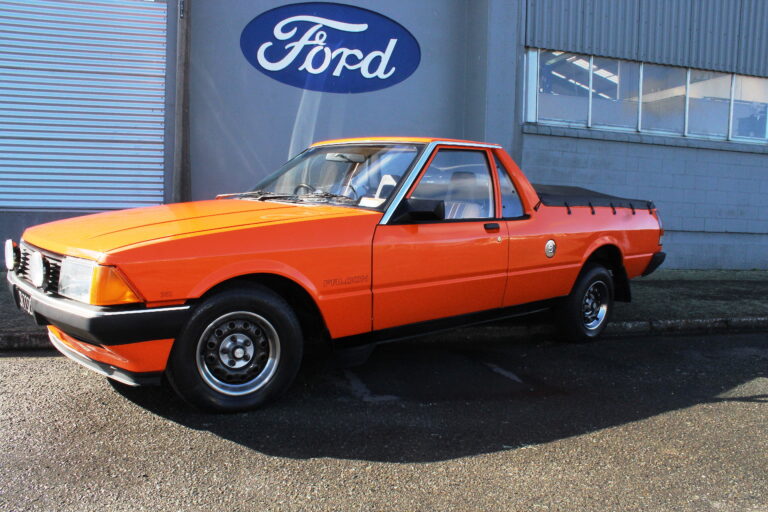For the 2015 edition of Pebble Beach’s Concours d’Elegance, BMW has come up with something very special with the world premiere of the BMW 3.0 CSL Hommage R — a car that celebrates both the 40th anniversary of BMW in North America and the heady racing success of the BMW 3.0 CSL in 1975.
1975 was the year the Bavarian manufacturer founded BMW of North America — its first official sales company outside Europe. It was also the year in which BMW Motorsport made its debut in motor-racing stateside — in the IMSA series — with a specially made BMW 3.0 CSL. Just a few weeks later, BMW recorded its first historic triumph at the 12 Hours of Sebring. This was followed by a succession of victories, including one at Laguna Seca — just 15 miles from Pebble Beach.
““Both inside and outside, the BMW 3.0 CSL Hommage R is primarily a reflection of its function,” explains Head of Design BMW Automobiles Karim Habib. “The exterior and interior design is based around the requirements of motorsport as far as the car and driver are concerned; aerodynamics and driving dynamics on the one hand, the most direct connection between driver and machine on the other. In my view, that’s something the Hommage car expresses in a very emotional way. At the same time, all the details from the BMW 3.0 CSL are present in the Hommage model. And they are all there to be discovered in their original form. It’s a bow to the 1975 car.”

Every detail of the Hommage car has its origins in the successful racing machine from 1975, but all have since been updated and integrated technically into a modern design language. The colours and graphics used, not to mention the addition of a number 25, reference the extraordinary record of success notched up by the works BMW 3.0 CSL in 1975. Indeed, the BMW 3.0 CSL Hommage R even revives details such as the ‘Bavarian Motor Works’ decals on the windscreen and rear window. Swathes of exposed carbon fibre spotlight the 1975 model’s commitment to lightweight construction and, as a cutting-edge material, help lift it into the modern era.


